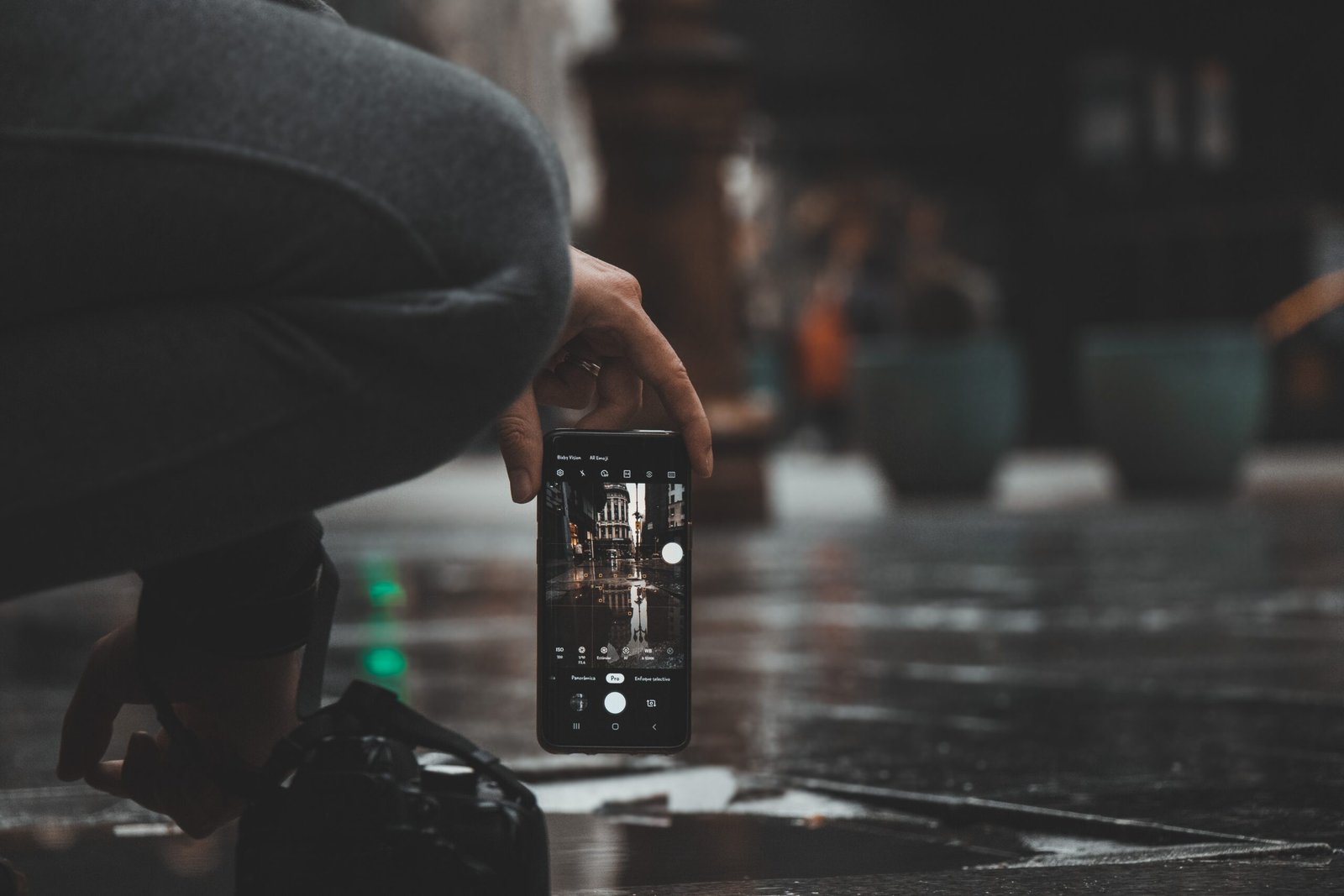
Photography with Mobile Phones
Last Updated: March 28, 2024
Why is mobile photography so famous nowadays?
From candid snapshots to professional-grade ad campaigns and everything in between, mobile phone photography has undergone a rapid evolution in just a few short years.
Your phone camera becomes your best camera since it’s always with you. When people mention this aspect of mobile photography, or “iPhoneography” as it’s also known, they’re typically referring to capturing those spontaneous moments: a man in a banana suit heading to work, a celebrity caught in a scuffle, or perhaps simply a breathtaking sunset.
Indeed, mobile photographers exhibit a higher level of prolificacy compared to typical amateur “big camera” enthusiasts. They keep their photographic minds engaged constantly, always on the lookout for new possibilities. The widespread availability and inconspicuous nature of mobile cameras have rendered them especially adept at seizing candid moments in public spaces.
However, for many, the initial snap marks just the beginning. It serves as raw material for a new creative journey. While most mobile phone cameras may capture mundane images, it hardly matters. With hundreds of apps available, you can transform them into something truly remarkable. This is the essence of mobile photography. These apps, costing mere pennies, provide the creative prowess of Photoshop and beyond, all without being tethered to your desk. This freedom makes mobile photography profoundly liberating for the creative spirit. Suddenly, every spare moment becomes an opportunity to both capture and refine images. These apps have expedited the creative process, enabling you to be more creative, more often, at a fraction of the cost.
Table of Contents
- What is Mobile Photography?
- How to Became a Better Mobile Photographer?
- Watch Your Stability!
- Focus Your Object and Set the Exposure
- Discover What Your Camera Is Capable Of
- Make Use of Natural Daylight Wherever Possible
Avoid Using the Digital Zoom
What is Mobile Photography?
Mobile photography, also known as smartphone photography, has emerged as a distinct style thanks to advancements in smartphone cameras.
It involves using smartphones to capture high-quality images, often with professional functionality.
Divided between iOS and Android devices, this trend has surged due to social media platforms like Instagram, where users showcase various aspects of their lives.
Social media influencers, many starting with little camera knowledge, have mastered the art of visually appealing smartphone photography.
While smartphone photography offers compactness, easy mobility, and constant improvements, it also has limitations like zooming and handling diverse light conditions.

How to Became a Better Mobile Photographer?
A mobile photographer is equivalent to a photographer who uses a DSLR. This implies that a mobile photographer must adhere to the fundamental principles and guidelines of photography overall. Additionally, there are specific considerations unique to mobile photography. This section aims to assist mobile photographers in making decisions that will yield excellent results and produce high-quality pictures.
Watch Your Stability!
Enhanced picture quality stems from increased stability. Given the limited low-light performance of your phone camera, maintaining a steady position is crucial.
Ensuring your phone remains stable significantly boosts image quality. Image stabilization is paramount for achieving optimal image sharpness, necessitating the stabilization of your smartphone.
Even the most skilled photographers may require assistance in steadying the camera, as steady hands alone may not always suffice for capturing the best photos.
A stable smartphone camera aids in capturing high-quality images by minimizing or eliminating shaking and blur. Simple techniques to ensure stability include gripping your phone camera with both hands and drawing your elbows toward your body when shooting from a standing position.
Additionally, pressing the volume up/down button to take the photo can help reduce camera shake, resulting in sharper images.
Focus Your Object and Set the Exposure
Even when using your phone for photography, you don’t always have to relinquish complete control to the camera. To focus on your subject, simply tap on it through your screen. Adjusting the brightness of your photos is also straightforward. Set the exposure for the area you want to emphasize by tapping on that region of the screen. On an iPhone, this action will reveal a yellow box and a slider around the tapped area. You can then adjust the brightness of the scene by sliding the slider up or down.
Discover What Your Camera Is Capable Of
Begin by familiarizing yourself with the capabilities of your phone’s camera. Explore the auto mode and understand how it focuses and adjusts to light exposure. Typically, this involves tapping the screen to select the focal point, but it’s essential to verify this. Does your camera phone have a manual mode? If so, familiarize yourself with it. Some cameras offer additional manual options like white balance and shutter speed control. Once you understand how to utilize these features, they can greatly enhance your ability to capture exceptional photographs.
Make Use of Natural Daylight Wherever Possible
Due to their small sensors, only a few cell phones excel at capturing great indoor photos. Therefore, it’s advisable to take photos outdoors in optimal lighting conditions to achieve the best results. Lighting not only affects the brightness and darkness of a photo but also its tone, mood, and ambiance. Consequently, when taking photos with your smartphone, aim to utilize natural light whenever possible.

Avoid Using the Digital Zoom
As mentioned earlier, a drawback of mobile photography is the limitation of magnification. Digital zoom often yields poor results as it reduces image resolution. One of the fundamental photography tips for improving mobile photography is to refrain from using digital zoom. However, optical zooms are excellent as they do not compromise photo quality and are becoming more common on smartphones. If you only have digital zoom available, it’s best to physically move closer to the subject to maintain image quality rather than relying on digital zoom.